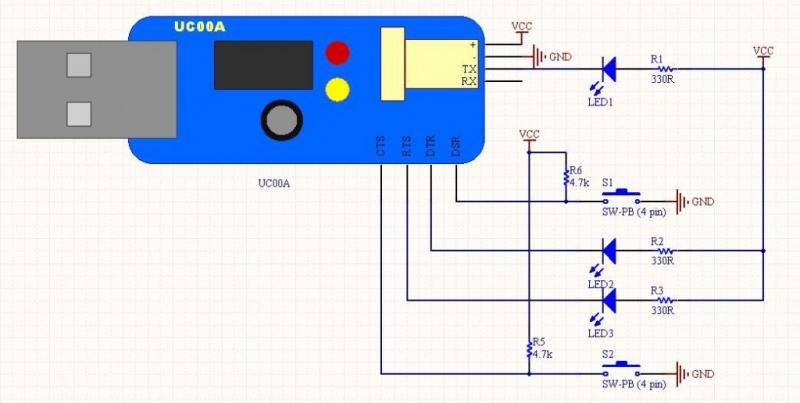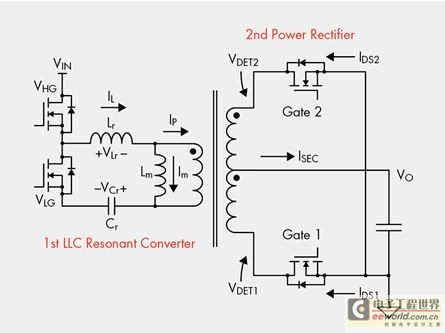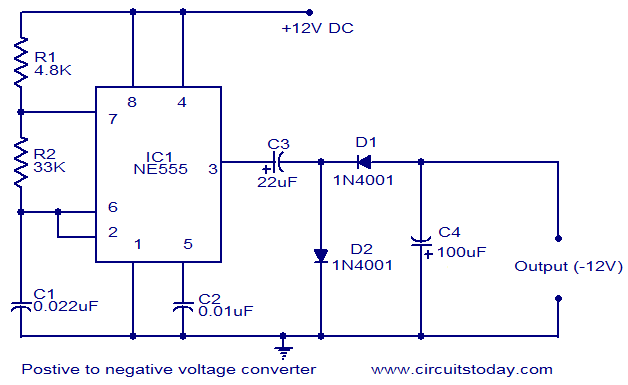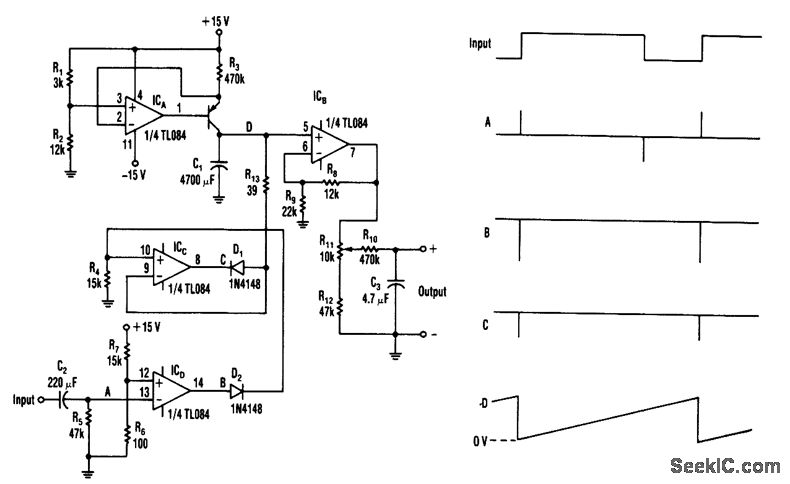
Step-Down Converter Controller

The TPS6420x controller is designed to operate with one to three series-connected cells or from a 3.3 V or 5 V supply obtained from a USB port.
The TPS6420x is a highly versatile power management controller that facilitates efficient voltage regulation in various applications. It is capable of managing power sources from one to three series-connected lithium-ion cells, making it suitable for portable devices that require compact and efficient energy solutions. Additionally, the controller can also operate from standard 3.3 V or 5 V power supplies, such as those provided by USB ports, which enhances its adaptability in different environments.
This controller employs a synchronous buck converter topology, which allows for high efficiency and low output voltage ripple. The TPS6420x features an adjustable output voltage range, enabling it to cater to a wide variety of load requirements. Its integrated power MOSFETs minimize the need for external components, thereby reducing the overall footprint of the circuit.
The TPS6420x includes several protective features, such as over-voltage protection, under-voltage lockout, and thermal shutdown, ensuring reliable operation under various conditions. Furthermore, the controller supports various switching frequencies, allowing designers to optimize performance based on specific application needs.
In summary, the TPS6420x controller is an effective solution for powering devices from multiple cell configurations or USB power sources, providing flexibility, efficiency, and reliability in a compact design.The TPS6420x controller is designed to operate from one to three series-connected cells or from a 3.3 V or 5 V supply obtained from a USB port. At its out.. 🔗 External reference
The TPS6420x is a highly versatile power management controller that facilitates efficient voltage regulation in various applications. It is capable of managing power sources from one to three series-connected lithium-ion cells, making it suitable for portable devices that require compact and efficient energy solutions. Additionally, the controller can also operate from standard 3.3 V or 5 V power supplies, such as those provided by USB ports, which enhances its adaptability in different environments.
This controller employs a synchronous buck converter topology, which allows for high efficiency and low output voltage ripple. The TPS6420x features an adjustable output voltage range, enabling it to cater to a wide variety of load requirements. Its integrated power MOSFETs minimize the need for external components, thereby reducing the overall footprint of the circuit.
The TPS6420x includes several protective features, such as over-voltage protection, under-voltage lockout, and thermal shutdown, ensuring reliable operation under various conditions. Furthermore, the controller supports various switching frequencies, allowing designers to optimize performance based on specific application needs.
In summary, the TPS6420x controller is an effective solution for powering devices from multiple cell configurations or USB power sources, providing flexibility, efficiency, and reliability in a compact design.The TPS6420x controller is designed to operate from one to three series-connected cells or from a 3.3 V or 5 V supply obtained from a USB port. At its out.. 🔗 External reference





